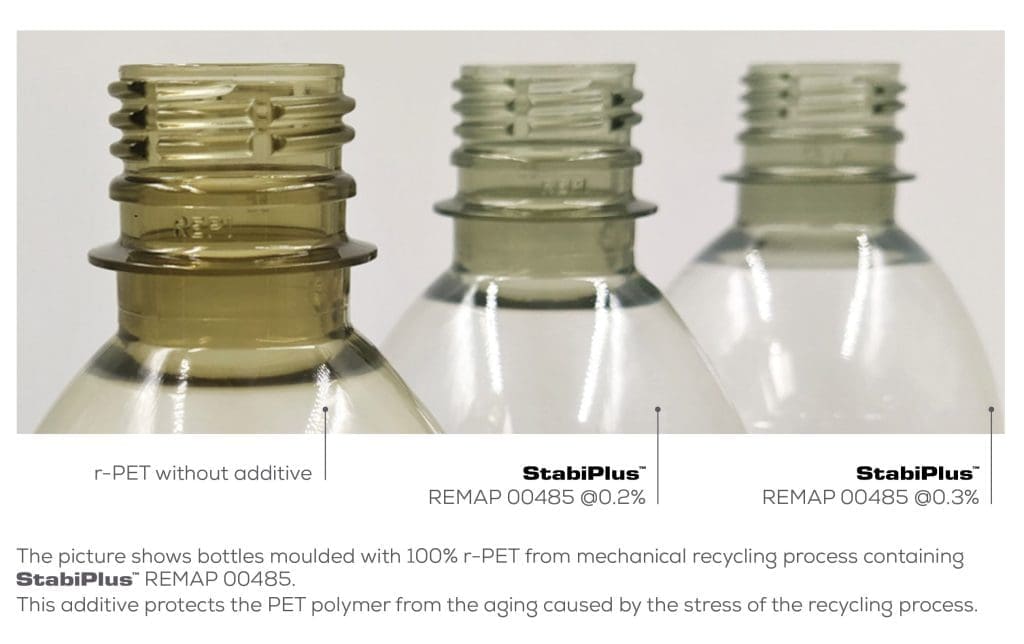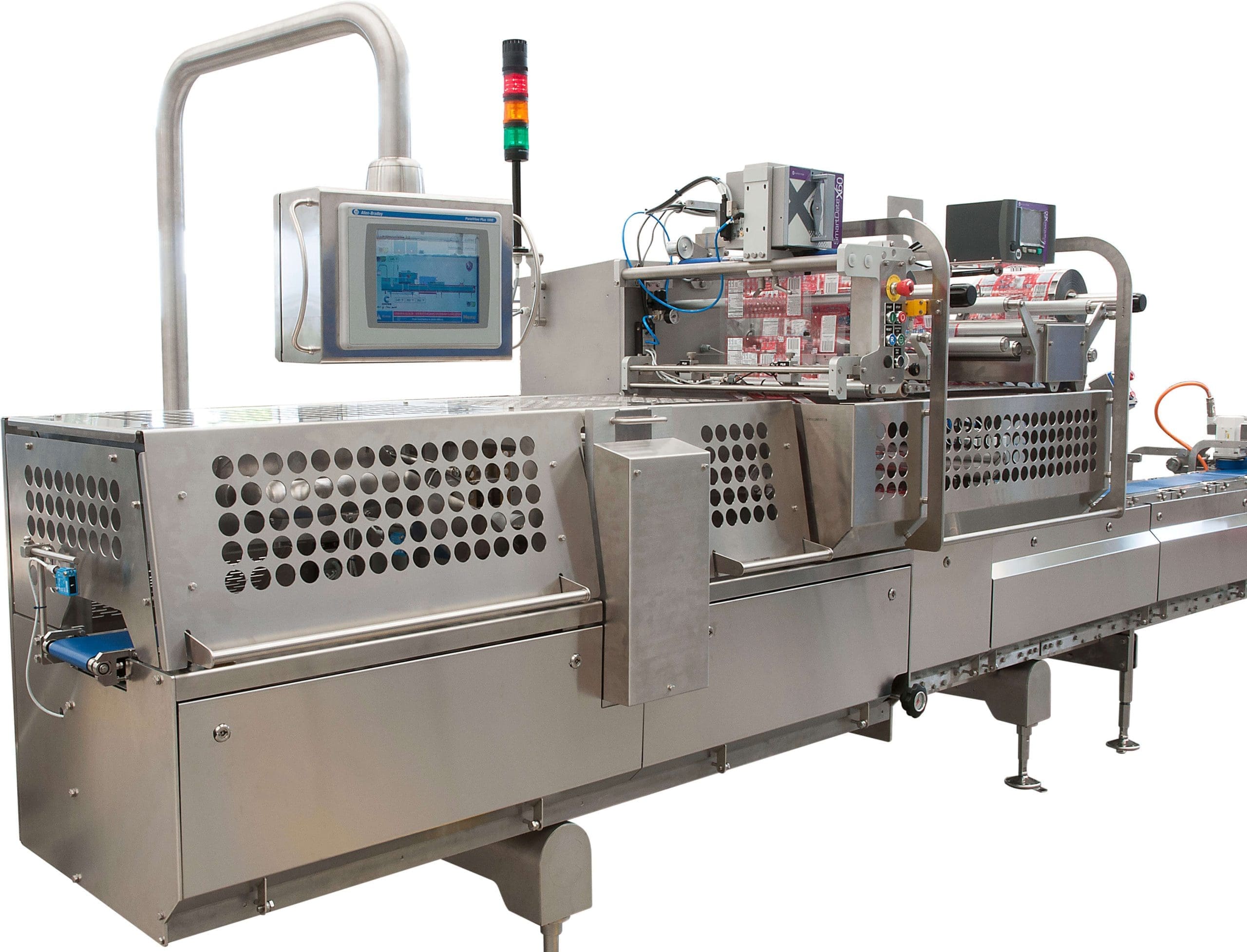Fast-moving consumer goods (FMCG) are normally sold quickly and at relatively low cost. Non-durable goods such as soft drinks, dairy products, fruits, vegetables or meat are perishable and need consequently a package able to preserve them especially during logistics and distribution.
At the same time, since those products are fast moving, it is imperative for them to beat the competition: they need to be highly eye-catching and recognizable on shelves. The primary package is critical for both product protection and shelf life but provides sales incentives to consumers.
In this context, raw material suppliers, converters, Brand Owners and designers need to build a strong cooperation to find the best solution every time.

The liquid technology of colours and additives has progressed so much that it is possible to combine trendy colours with performance additives most of the time.
This is the case for example with powerful bright shades with UV protection used for kids’ juices or transparent shades combined with UV additives for vitamin and flavoured waters.
This also applies to barrier Whites used to protect dairy products from the damages of visible light and UV when packaged in a monolayer PET bottle. REPI UV Absorbers create a barrier to the harmful UV-rays and visible light, which can damage the product inside.
The above-mentioned challenges go hand in hand with the major topics of sustainability and circular economy. The role of plastics and its impact on the environment are undoubtedly under the magnifying glass, and this is not a passing fad…
For the packaging industry, this means substantially the need to raise both recycling rates and quality of recycled plastics.
The Design phase of any plastic packaging (be it a preform, its closures or a thermoformed tray) must take into account how this is going to be recycled and reused afterwards.
Here, then again, an effective cooperation alongside the packaging value chain becomes crucial.
REPI has been focusing on advanced additive and colour solutions for PET and r-PET for decades. The ranges of the Anti Yellow, Optical Brighteners and IV Enhancers have been representing over the years a valid aid to r-PET recyclers and packaging converters.

Such additives can be used at different stages of r-PET value chain: from recycling to preform/tray manufacturing with no impact on processes, offering max flexibility in its addition, that can vary batch after batch.
The increasing demand for recycled percentages and the scarcity of food grade r-PET flakes are presenting challenges related to quality and colour consistency between a batch and another.
Especially what recyclers and converters struggle to manage is the drop of L* of CieLab numbers while respectively recycling and moulding or extruding the final packaging. While, in fact it is possible to correct off-shade r-PET pellets with custom-made formulations that act both on the a* and on the b*, the darkening of material (precisely the drop of L*) is very difficult to avoid.
Here comes StabiPlus™ additive, latest development by REPI: a liquid formulation acting specifically as proactive stabilizer that prevents r-PET from aging and discoloration, cycle after cycle.
The additive can be used both at recycling stage and directly by converters at their packaging production stage.
StabiPlus™ offers a new protection technology that does not affect Intrinsic Viscosity and therefor mechanical properties of the recycled PET while widening the window for sustainable use of recycled PET.

With its new StabiPlus™ REPI shows once again not only how the technology of chemical additives gives a crucial contribution to polymer recycling, but also how it is necessary for the whole value chain of plastic packaging to tightly co-operate and share challenges. Now more than ever before, the plastic industry stakeholders are called to contrast arguments with strong emotional impact with their extensive know-how and innovation potential. Because, after all, “consumer packaged goods” and plastic packaging reflect our contemporary hectic lifestyle.
The plastic packaging for food is the perfect example: practical, functional, it allows shopping once a week and having fresh food with a long shelf life.
Combining this context with the world vision of improving the quality of life and of embracing a circular economy mindset is not only desirable, but already possible. We, as colorants and additives producers are called to play a leading role and are involved in the virtuous circle of offering advanced and smart solutions in this direction.
Lucia Buffoni – Marketing Manager REPI GROUP




